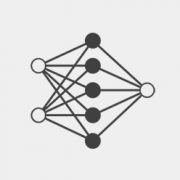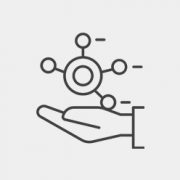This paper presents a dataset of agricultural pest images captured over five years by thousands of small holder farmers and farming extension workers across India. The dataset has been used to support a mobile application that relies on artificial intelligence to assist farmers with pest management decisions. Creation came from a mix of organised data collection, and from mobile application usage that was less controlled. This makes the dataset unique within the pest detection community, exhibiting a number of characteristics that place it closer to other non-agricultural objected detection datasets. This not only makes the dataset applicable to future pest management applications, it opens the door for a wide variety of other research agendas.
External Author: Jigar Doshi

Building reliable AI decision support systems requires a robust set of data on which to train models; both with respect to quantity and diversity. Obtaining such datasets can be difficult in resource limited settings, or for applications in early stages of deployment. Sample rejection is one way to work around this challenge, however much of the existing work in this area is ill-suited for such scenarios. This paper substantiates that position and proposes a simple solution as a proof of concept baseline.

Testing capacity for COVID-19 remains a challenge globally due to the lack of adequate supplies, trained personnel, and sample-processing equipment. These problems are even more acute in rural and underdeveloped regions. We demonstrate that solicited-cough sounds collected over a phone, when analysed by our AI model, have statistically significant signal indicative of COVID-19 status (AUC 0.72, t-test,p <0.01,95% CI 0.61-0.83). This holds true for asymptomatic patients as well. Towards this, we collect the largest known(to date) dataset of microbiologically confirmed COVID-19 cough sounds from 3,621 individuals. When used in a triaging step within an overall testing protocol, by enabling risk-stratification of individuals before confirmatory tests, our tool can increase the testing capacity of a healthcare system by 43% at disease prevalence of 5%, without additional supplies, trained personnel, or physical infrastructure.




